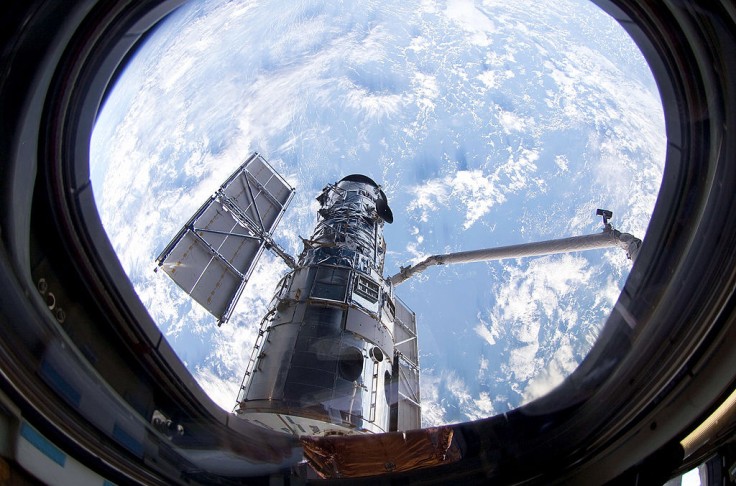
A new NASA Hubble image showed a colorful spiral galaxy that has an explosive past. Aside from this, the NASA Hubble Space Telescope together with Chandra Observatory also captured the burning wings of the so-called Butterfly Nebula.
NASA Hubble Image Displays Amazinf View of Massive Spiral Galaxy
To further emphasize this spiral galaxy, the space agency stated that the photo acquired from the NASA Hubble Space Telescope showed how the flowing spiral arms of NGC 976 fill the picture. This historic galaxy is located in the constellation Aries and remains 150 million light-years away from the Milky Way.
Take it in.
— Hubble (@NASAHubble) January 14, 2022
This breathtaking #HubbleFriday view shows the spiral galaxy NGC 976. It’s located 150 million light-years away, in the constellation Aries.
Discover more: https://t.co/kv1OBHyE9e pic.twitter.com/h1eWmKmGCb
Despite its serene look, NGC 976 was a home of an astronomical event: a supernova explosion.
Moreover, ScreenRant explained that when a star reaches the end of its life, it explodes in a massive, dazzling outburst that can be brighter than an entire galaxy. While these explosions are extremely powerful and demolish everything in their path, they also represent the start of something new.
"While supernovae mark the deaths of massive stars, they are also responsible for the creation of heavy elements that are incorporated into later generations of stars and planets," the NASA blog post continued.
Despite this, supernovas provide numerous benefits. One of the said benefits that this occurrence brings is that these massive explosions can aid astronomers in determining the distance between galaxies such as NGC 976.
While some of the energy released by a supernova is chaotic and out of control, some of it is quite uniform.
Read Also : iPhone 14 Pro Max Price Leak Hints Shocking Increase; But Standard Version Costs Like iPhone 13
In addition to the aid it brings, the NASA Hubble image, which was made using data from Hubble's Wide Field Camera 3, is part of a massive collection of Hubble views of neighboring galaxies that feature supernovas and Cepheid variables--which is a pulsating type of stars.
Both Cepheids and supernovas are used to calculate astronomical distances, and galaxies containing both objects can be used as natural labs to compare the two approaches.
Aside from this Hubble image, the space telescope also captured the burning wings of the Butterfly Nebula more recently.
NASA Hubble Image Shows Burning Wings of Butterfly Nebula
According to the Twitter post of Chandra Observatory, the Butterfly Nebula's "wings" may appear to be blanketed in snow and ice. Despite its snowy appearance, this Chandra and Hubble image is misleading.
In relation to this, the Twitter post explained that the wings are actually burning hot gas regions with temperatures of over 20,000 degrees Celcius. They contain a speed of over 950,000 kilometers per hour.
The "wings" of the Butterfly Nebula may appear to be covered in snow & ice in this Chandra and Hubble image, but looks can be deceiving. The wings are actually scorching hot regions of gas at temperatures over 20,000 °C that are traveling at more than 950,000 kilometers per hour. pic.twitter.com/ynW2Ttdbof
— Chandra Observatory (@chandraxray) January 14, 2022
This nebula, also known as NGC 6302, is located about 3,400 light-years away from Earth and sits in the constellation Scorpius.
For those wondering why it has a butterfly-like shape, some scientists think that before the Butterfly Nebula became a nebula, it had a binary star system at its core, revolving in the plane that is currently recognized as the butterfly's body, per Massive Science.
Chandra Observation explained that nebulas are the ejected envelope of a red giant star, distributed over a region around the size of our solar system, with a hot center star in the process of becoming a white dwarf star.
Related Article : NASA DART Spacecraft Captures Epic Celestial View 2 Million Miles Away From Earth; When Will It Hit Target Asteroid?









